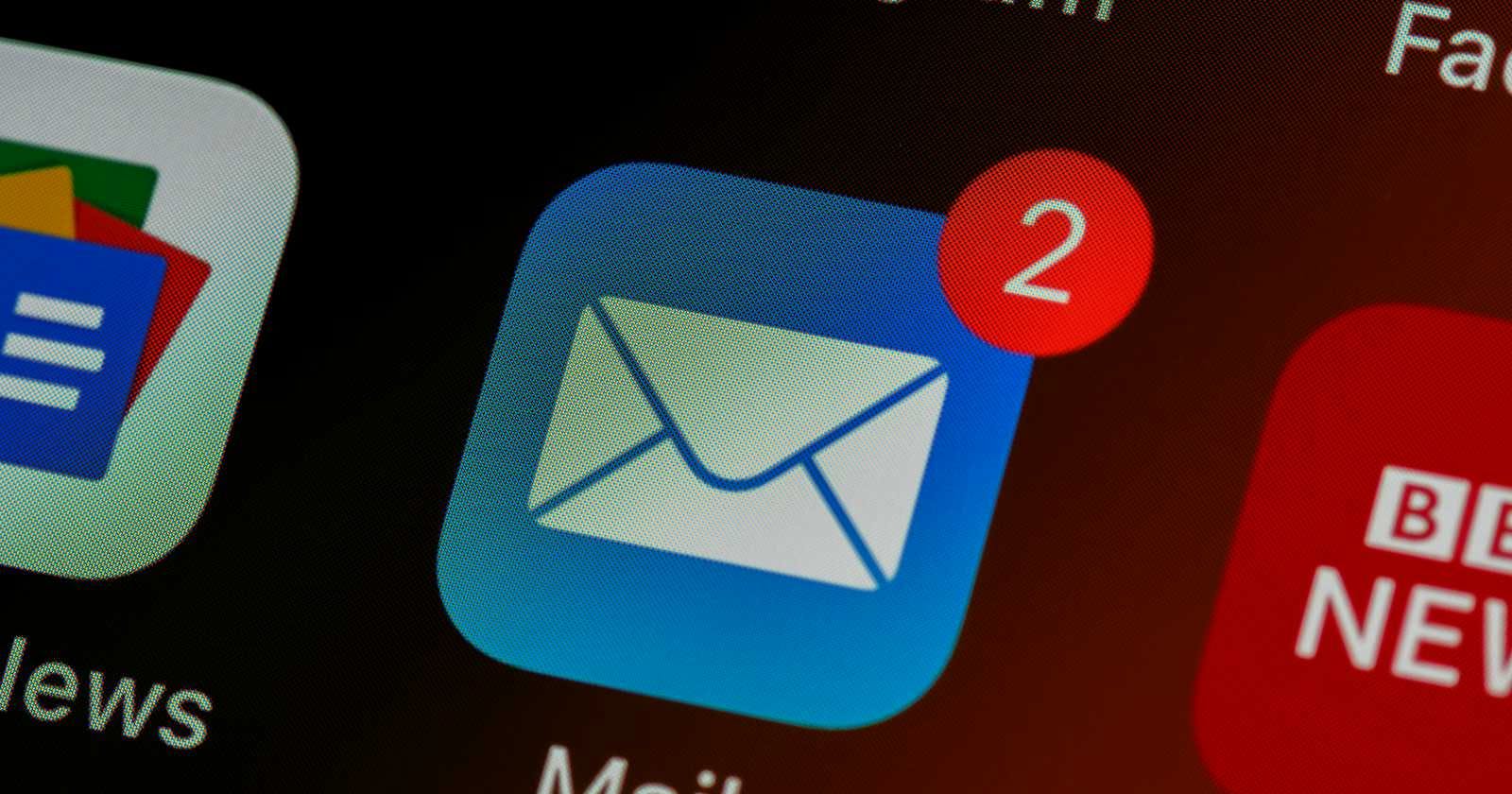Introduction to Email Warm-up
In the digital age, email remains a powerful tool for communication and relationship-building. However, with the ever-increasing volume of emails sent daily, ensuring that your emails reach the intended recipients' inboxes can be challenging. This is where email warm-up comes into play.
Importance of Email Warm-up for Building Connections
Establishing Trust and Credibility
Building trust and credibility with your email service provider (ESP) is crucial for successful email delivery. Email warm-up involves gradually increasing the volume of emails sent from a new or dormant IP address to establish trust with ESPs.
Increasing Email Deliverability
Email warm-up improves deliverability by signaling to ESPs that your emails are legitimate and not spam. By gradually ramping up email sending volume and monitoring engagement metrics, you can ensure that your emails reach recipients' inboxes.
Steps to Mastering Email Warm-up
Understanding Email Warm-up
What is Email Warm-up?
Email warm-up is the process of gradually increasing the volume of emails sent from a new or dormant IP address to establish a positive sender reputation with email service providers.
Why is Email Warm-up Important?
Email warm-up is important because it helps prevent emails from being marked as spam and improves deliverability by building trust with email service providers.
Preparing for Email Warm-up
Cleaning Email Lists
Before starting the email warm-up process, it's essential to clean your email lists by removing inactive or invalid email addresses. This ensures that you're sending emails to engaged recipients, which can positively impact deliverability.
Setting Up Dedicated IPs
Using dedicated IP addresses for email sending allows you to have full control over your sender reputation. By setting up dedicated IPs, you can better manage your email deliverability and reputation.
Implementing Email Warm-up Strategies
Gradual Increase in Sending Volume
Start by sending a small volume of emails and gradually increase the sending volume over time. This gradual ramp-up helps establish trust with email service providers and minimizes the risk of emails being marked as spam.
Varied Email Content
Avoid sending repetitive or identical emails during the warm-up process. Instead, vary your email content to maintain recipient engagement and signal to ESPs that your emails are legitimate and valuable.
Monitoring Engagement Metrics
Monitor key engagement metrics such as open rates, click-through rates, and spam complaints during the warm-up process. This allows you to gauge the effectiveness of your email campaigns and make necessary adjustments to improve deliverability.
Common Mistakes to Avoid in Email Warm-up
Sending Too Many Emails Too Quickly
One common mistake in email warm-up is sending too many emails too quickly. This can trigger spam filters and negatively impact your sender reputation. Instead, opt for a gradual increase in sending volume to build trust with ESPs.
Neglecting Engagement Metrics
Ignoring engagement metrics during the email warm-up process can lead to poor deliverability. Regularly monitor engagement metrics and adjust your email sending practices based on recipient behavior to maintain a positive sender reputation.
Conclusion
Mastering email warm-up is essential for building connections and ensuring that your emails reach recipients' inboxes. By understanding the importance of email warm-up, preparing effectively, implementing proven strategies, and avoiding common mistakes, you can enhance your email deliverability and strengthen your relationships with subscribers.
Click Here: https://boostinbox.com

